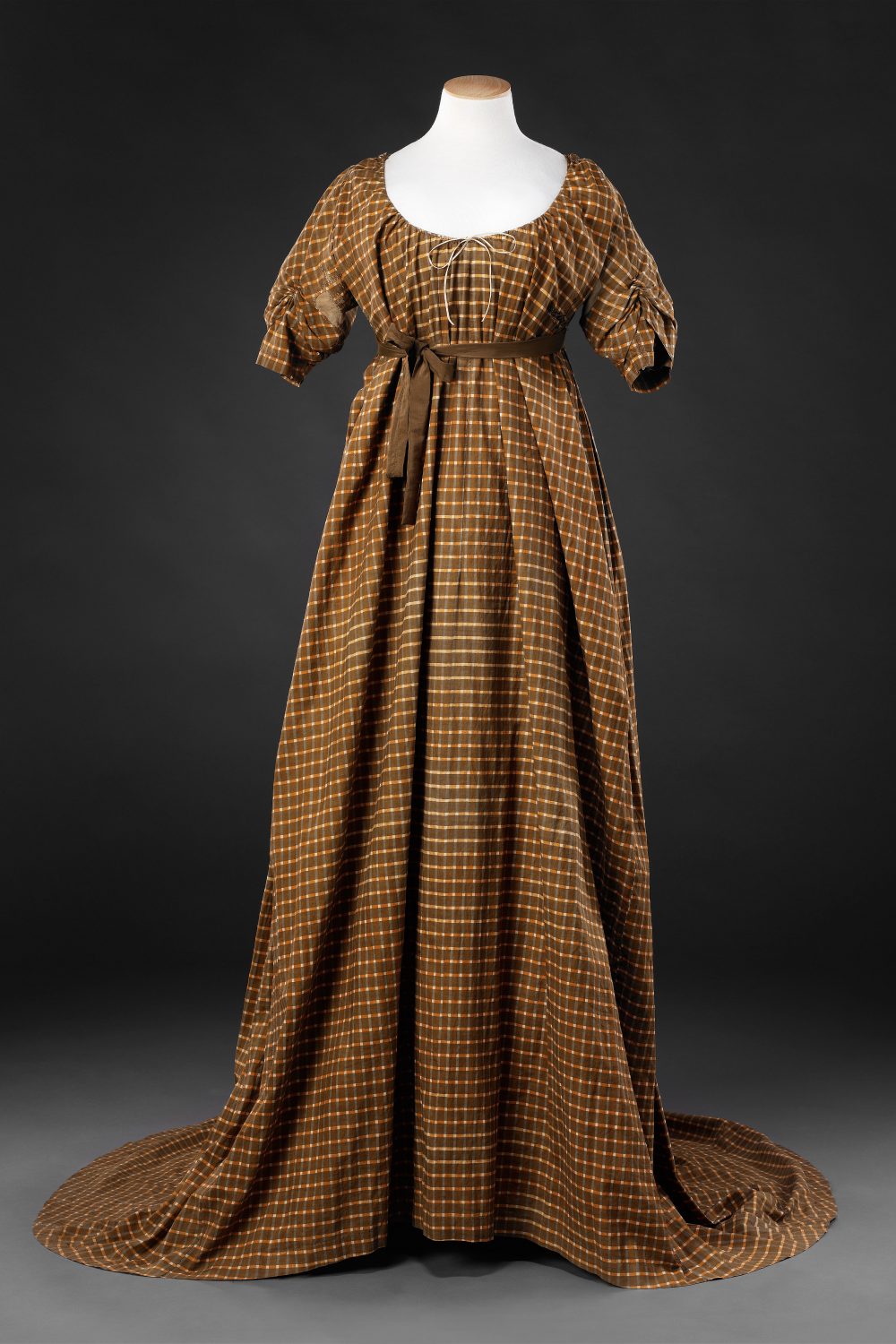"There are few real novelties in hair-dressing; the plaits of five, seven, ten, and even more strands, woven more or less openly, and arranged differently on the head, the "Grecian" plait, and the "basket" or "chain" plait, and the "cable" plait, are repeated again and again in various forms and convolutions.
--- Godey's Lady's Book (June 1855) repeated verbatim in The Englishwoman's Domestic Magazine (March 1857)
For she had her hair to oil and brush and braid up in that five-strand plait which Mrs. Mabury's maid had taught her; and sometimes it was awkward to get the braids to sit nicely, just so as to show under the curtain of her bonnet.
--Janita's Cross by Eliza Stephenson (1864)
I've waited on this tutorial for a while, because it's really hard to photograph. Holding five strands in place means a hand is always blocking something critical. The concept, however, is really simple: take an outside strand over the neighboring strand, then under the next one. For a wider braid of 7, 9, or more, continue going over then under until the active strand reaches the center. Repeat from the other side with the next strand.
It's so simple, that I couldn't find any contemporary hair-styling instructions which explained the basic* "five, seven, ten, and even more"-strand plaits.
The Workwoman's Guide does explain them for straw-plaiting. The main complication for hair is just holding all of the strands. Straw has the benefit of
being a single piece, so you only have to handle the ones you're currently working with.
To start, divide the section of hair that will be braided into five equal groups. Pick the side that you'll start on, and take three strands into that hand. Hold the two remaining strands in your other hand.
 |
Taking the right-most strand over
the second-right-most strand and under the center. |
I started on my right (viewer's left), holding three strands in my right hand and the other two in my left. I took the right-most strand over the second-most-right strand and under the middle-most strand; as it went under the center, I passed this active strand from my right hand to my left.
 |
Tightening the plait and preparing for the next pass.
|
At the end of that first round, the old right-most strand is now in the center, and there are three strands held in the left hand, ready for the second pass. This will take the left-most strand over the second-left-most strand, under the center strand, and into the right hand. These two motions repeat until the braid is done. Over, under, over, under, over, under...
 |
| Three-strand and five-strand plaits. |
Compares to a standard three-strand braid, the five-strand is flatter and slightly wider. Visually, it has as a distinct woven look from each strand going alternatively over and under its neighbors as it zig-zags down the plait. Practically speaking, I found this five-strand plait a little trickier to start: it's more sections of hair to keep ahold of, and I have much less practice dividing into fifths compared to thirds. Once I got started, though, it progressed fairly easily.
Here's the same braiding with multicolored ribbons, which are a bit easier to photograph in motion.


















